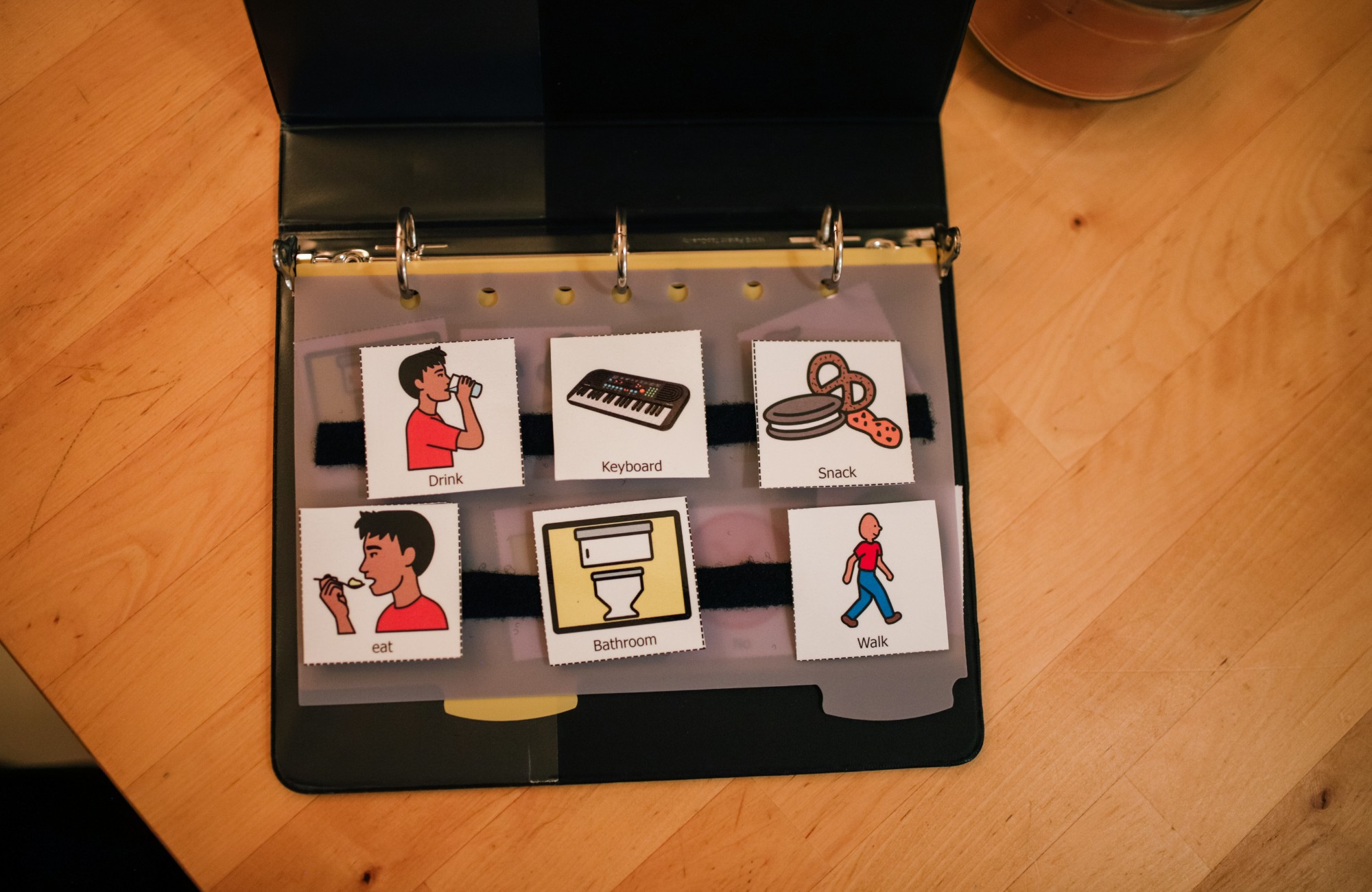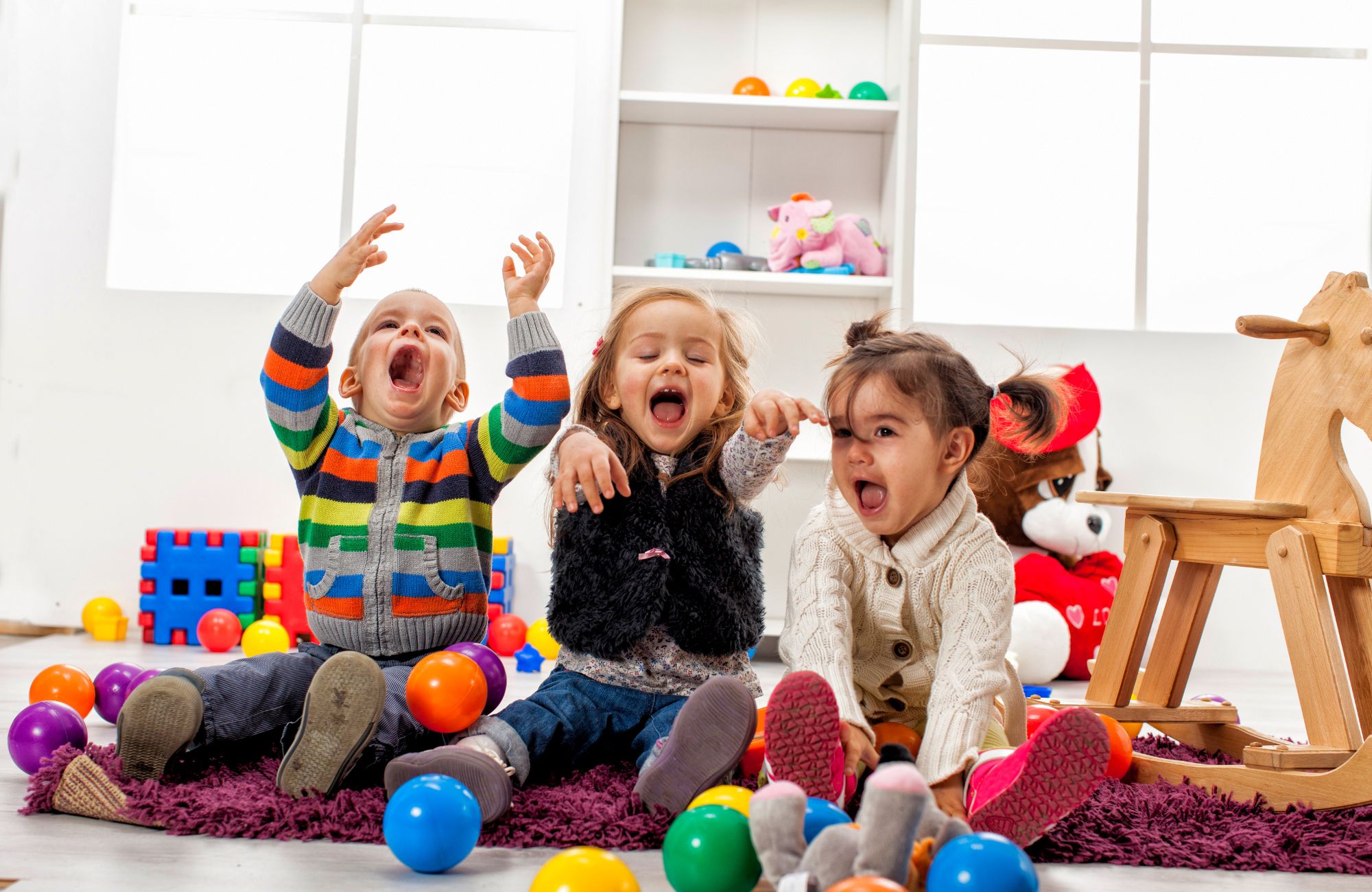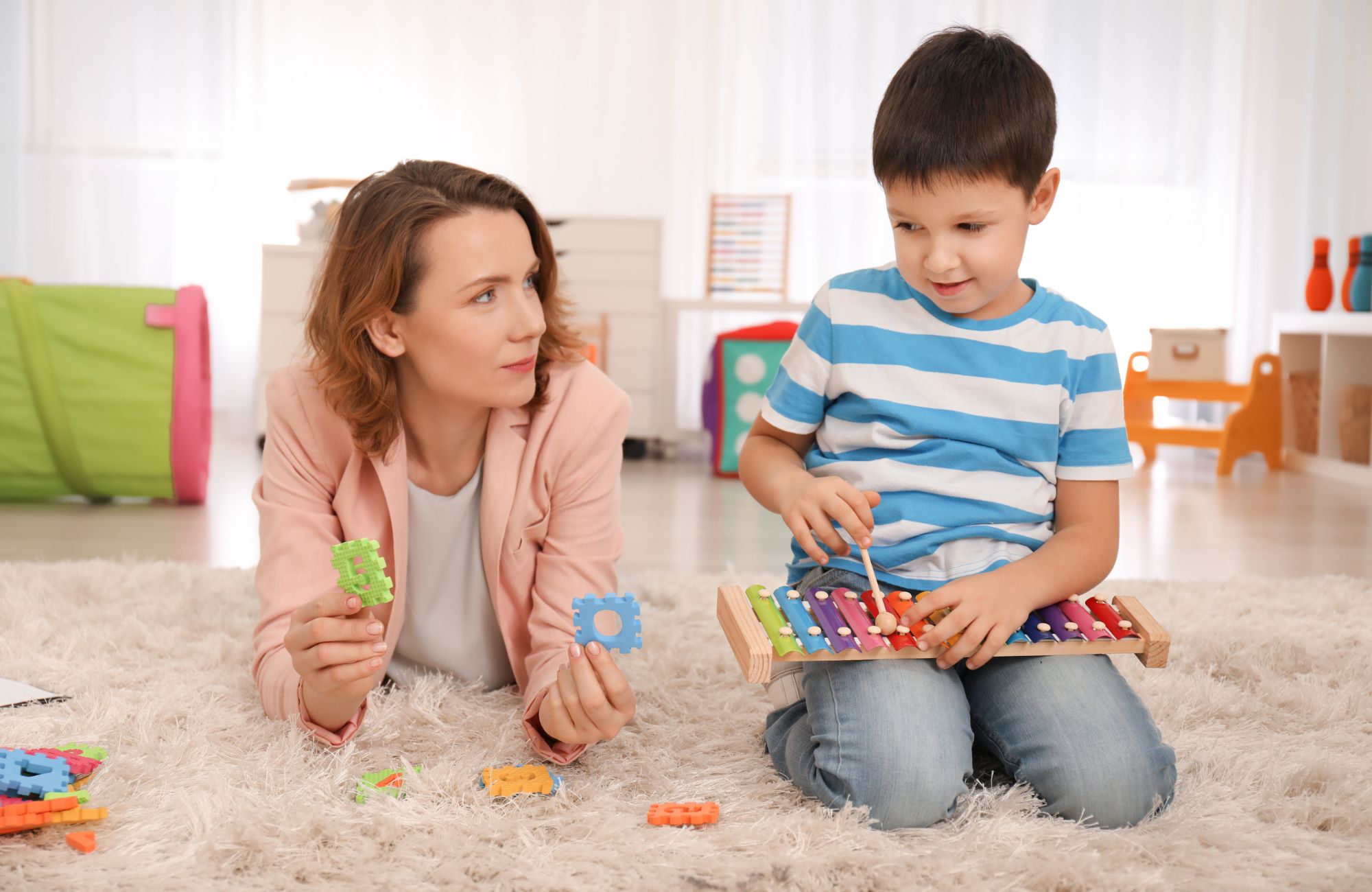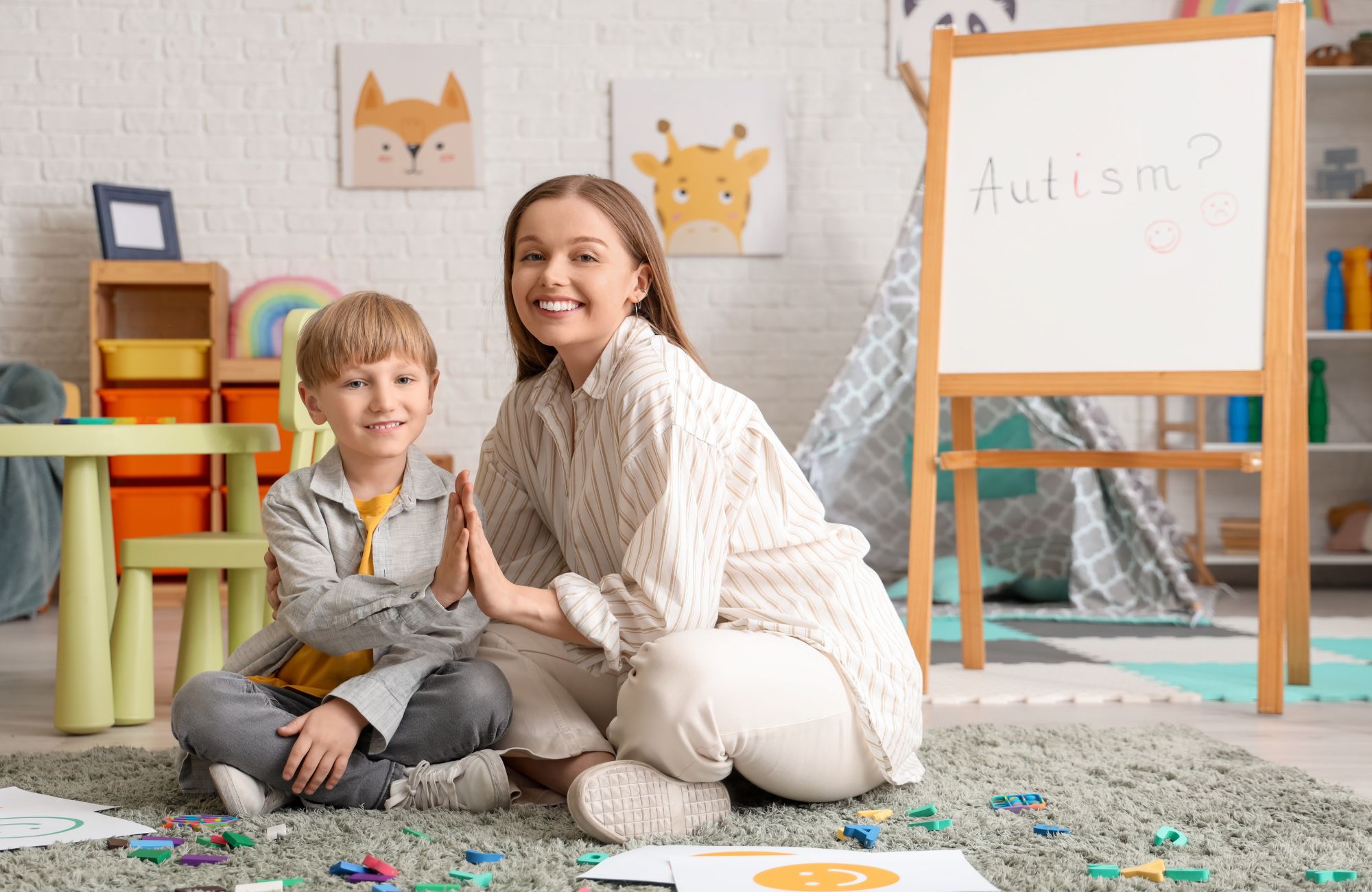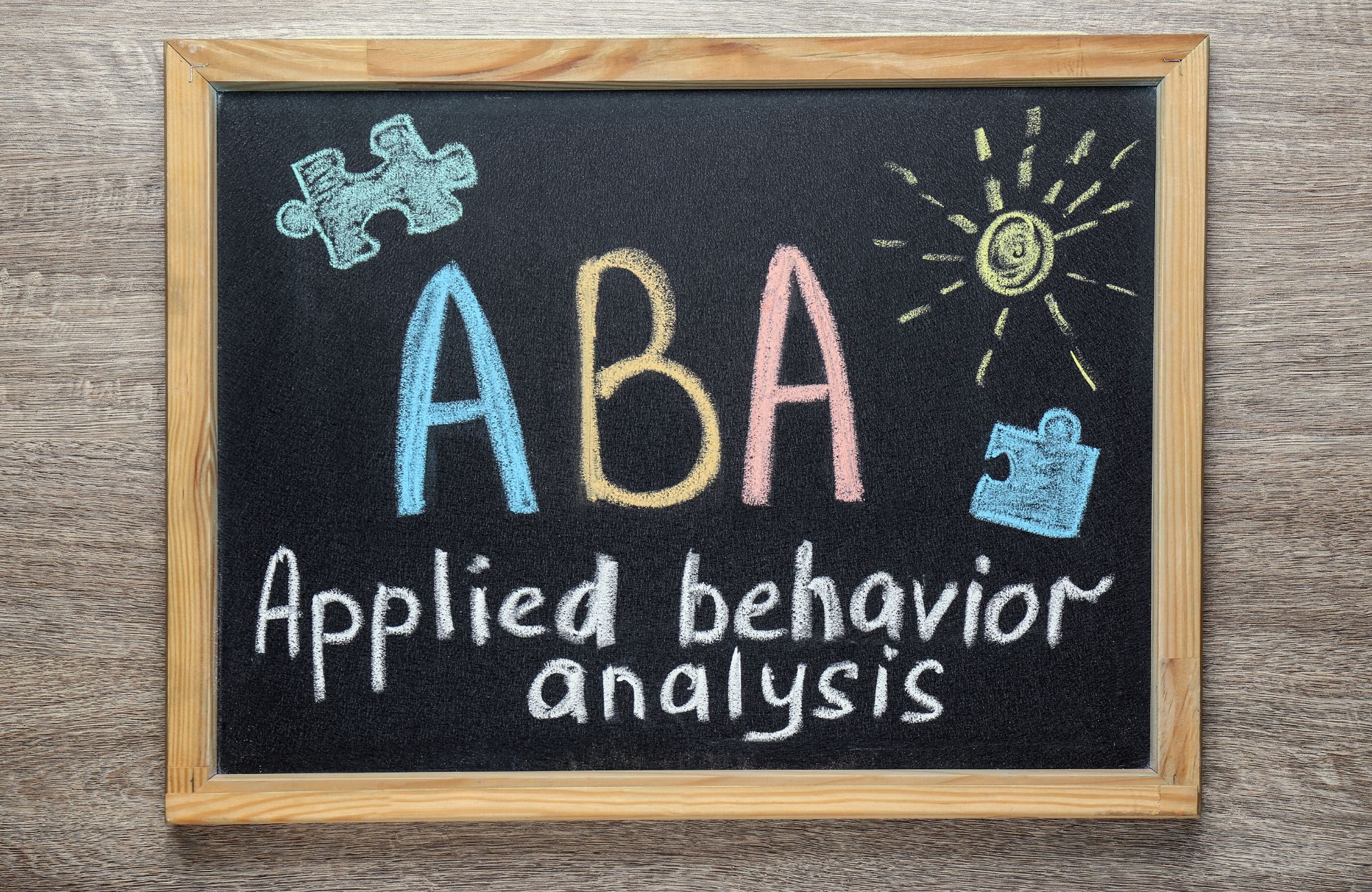For children who struggle to speak, even simple needs can go unheard until the right tools open the door to communication. One of the most effective tools available is the Picture Exchange Communication System, or PECS. If you’re searching for what PECS is, it’s an evidence-based approach that helps individuals with limited verbal abilities express themselves by exchanging pictures for their needs or wants.
Developed in 1984 by speech-language pathologist Lori Frost and clinical psychologist Dr. Andrew Bondy, PECS has transformed how we support nonverbal individuals. It teaches the core skills of initiating communication, building confidence, and creating meaningful interactions through a structured picture exchange process.
Understanding PECS: The Fundamentals
PECS (Picture Exchange Communication System) is a structured, evidence-based approach that helps individuals develop functional communication by exchanging picture cards for desired items or actions. Unlike other visual supports, PECS focuses on teaching spontaneous, self-initiated communication, encouraging users to independently approach a partner and make requests, rather than waiting for prompts.
Rooted in Applied Behavior Analysis (ABA) and Skinner’s verbal behavior framework, PECS breaks communication into manageable steps and uses reinforcement to build skills. This method not only supports nonverbal communication but also fosters essential social interaction, creating a clear pathway for meaningful connection.
Who Benefits from PECS?
While PECS was initially developed for children with autism, its applications have expanded significantly. Today, PECS benefits a wide range of individuals:
- Children and adults with autism spectrum disorder: PECS addresses the core communication challenges often present in autism.
- Individuals with developmental disabilities: Those with conditions like Down syndrome or intellectual disabilities often find PECS accessible.
- People with traumatic brain injuries: PECS can help rebuild communication pathways after injury.
- Individuals with severe speech apraxia: When motor planning for speech is severely impaired, PECS offers an alternative route to expression.
- Those with limited or no verbal communication: Regardless of diagnosis, anyone struggling to communicate verbally may benefit.
There’s no age restriction for implementing PECS. While research has predominantly focused on children, adults with communication challenges can learn and benefit from the system as well. The key factor for success isn’t age but rather having access to motivating items and communication partners willing to honor the exchange process.
The Six Phases of PECS: A Detailed Breakdown
The PECS teaching protocol follows a carefully structured progression through six distinct phases, each building upon the skills developed in previous stages:
Phase I: How to Communicate
Phase I of PECS focuses on teaching the basic concept of communication through picture exchange. Learners discover that handing over a picture card results in receiving a desired item, helping them understand that communication can meet their needs.
Two facilitators support this process: a communication partner who accepts the picture and provides the item, and a physical prompter who gently guides the learner’s hand from behind. As the learner gains confidence, prompting is gradually reduced. Success in this phase is marked by the learner independently initiating the exchange, which represents the first step toward spontaneous communication.
Phase II: Distance and Persistence
Once the basic exchange is mastered, Phase II expands the challenge by increasing physical distance between the learner, their communication book, and the communication partner. This phase teaches two critical communication skills:
- Persistence: Continuing communication efforts even when it requires more work
- Generalization: Using the same communication strategy across different settings, with different people, and at varying distances
In everyday life, communication often involves moving toward someone to initiate interaction. Phase II prepares learners for this reality by teaching them to travel to their communication book, remove a picture, and then approach a communication partner, even when that partner is across the room or engaged in another activity.
Phase III: Picture Discrimination
With the mechanics of exchange firmly established, Phase III introduces choice-making and discrimination between multiple pictures. This phase represents a significant cognitive step forward, as learners must now select the specific picture that represents what they want from an array of options.
Teaching discrimination follows a careful sequence:
- Beginning with highly preferred items versus non-preferred items
- Gradually introducing discrimination between the two preferred items
- Expanding to multiple pictures organized within a communication book
The communication book, typically a ring binder with Velcro strips for storing and organizing pictures, becomes an essential tool during this phase. Pictures are arranged systematically, allowing for easy access and expansion of vocabulary as skills develop.
Phase IV: Sentence Structure
Phase IV of PECS introduces simple sentence structure by teaching learners to combine symbols using a sentence starter like “I want,” followed by a picture of the desired item. These are placed on a sentence strip and handed to the communication partner, helping the learner move from single-word requests to structured messages.
This phase builds early grammar skills by introducing word order, syntax, and the concept of combining symbols to express more specific thoughts. The sentence strip serves as a visual guide, showing how individual words come together to form complete and meaningful requests.
Phase V: Answering Questions
In Phase V of PECS, learners begin to develop responsive communication by learning to answer the question, “What do you want?” This marks a shift from purely self-initiated exchanges to more interactive, conversational skills.
Learners are taught to recognize when a question is being asked, understand what is being requested, and respond appropriately using the sentence strip. With support like visual cues pointing to the “I want” card, they begin to participate in simple back-and-forth interactions, building the foundation for more dynamic conversations.
Phase VI: Commenting
Phase VI is the final stage of the PECS protocol, expanding communication beyond making requests to include commenting. Learners are taught to respond to questions like “What do you see?” or “What do you hear?” using sentence starters such as “I see,” “I hear,” and “It is.”
This phase helps develop social communication by encouraging individuals to share observations and experiences, not just needs or wants. It fosters more natural interactions and lays the foundation for descriptive language, supporting richer and more complete communication.
The Science Behind PECS: Research and Evidence
PECS is backed by over 30 years of research demonstrating its effectiveness in developing a functional communication system. The Agency for Healthcare Research and Quality classifies it as an evidence-based practice, and the National Autism Center recognizes it as an established intervention with strong supporting evidence.
Studies show that many PECS users develop speech alongside or after using the system. For example, research from the Delaware Autism Program found that 76 percent of users eventually gained some level of speech. PECS is also linked to reduced challenging behaviors and has been successfully used across diverse cultural and linguistic backgrounds. Importantly, research has dispelled the myth that picture-based systems delay speech; many users begin pairing vocalizations with picture exchanges as they progress.
PECS Implementation: Practical Guide
Successful implementation of PECS requires careful preparation, appropriate materials, and consistent application of the teaching protocol. Here’s what you’ll need to get started:
Essential Materials
- Communication book: A ring binder with Velcro strips for organizing pictures
- Picture cards: Durable, clear images representing desired items, activities, and concepts
- Sentence strip: A detachable strip where pictures can be placed in sequence
- Velcro: Both hook and loop sides for creating exchangeable pictures
- Storage system: A way to organize pictures not currently in use
Beyond materials, successful implementation depends on:
- Proper training: While the basics of PECS can be understood from books and resources, formal training through Pyramid Educational Consultants is strongly recommended for those planning to implement the full protocol.
- Motivational assessment: Before beginning PECS, it’s essential to identify genuinely motivating items for the learner. These high-preference items become the rewards that drive the communication exchange.
- Environmental arrangement: The physical environment should be arranged to create natural opportunities for communication and to ensure pictures are accessible when needed.
- Consistency across settings: For PECS to be truly functional, all communication partners across home, school, and community settings should honor the exchange process and respond to PECS communications.
- Avoiding prompt dependency: The PECS protocol includes specific strategies for fading physical prompts quickly to ensure learners develop truly independent communication.
PECS and Speech Development
A common question about PECS is whether it hinders speech development. In reality, PECS often supports and encourages verbal language. Long-term data from the Delaware Autism Program shows that about 76 percent of children who used PECS for over a year eventually developed some level of speech, either as their main communication method or alongside continued PECS use.
This positive outcome is likely due to several factors: PECS lowers the pressure to speak, reinforces word-object associations, and builds communication confidence. The act of exchanging pictures also creates natural moments for communication partners to model speech. For many learners, vocalizations begin to emerge alongside picture use and gradually replace them in some situations.
PECS Across Different Settings
For PECS to be truly effective, it must function across all environments where communication occurs. Implementation strategies vary somewhat across settings:
Home Implementation
At home, PECS is most effective when naturally occurring communication opportunities are used, the communication book is always accessible, and exchanges are integrated into daily routines. Success depends on creating a communication-rich environment, offering motivating choices, and ensuring all family members understand and support the exchange process. Parents and caregivers often serve as the main facilitators, making family training a key part of effective implementation.
School Implementation
Effective classroom implementation of PECS involves placing communication books in accessible locations, training all staff members, and teaching peers how to support communication. PECS should be integrated into lessons, routines, and transitions, with consistent responses to communication across all school settings. Many schools assign a PECS coordinator to oversee implementation and address challenges, ensuring a cohesive approach throughout the learning environment.
Community Settings
Generalizing PECS to community settings is crucial for achieving true communication independence, though it comes with unique challenges. Strategies include using portable mini-communication books during outings, preparing relevant vocabulary for specific activities, and teaching familiar community members how to respond to exchanges. The goal is to support communication that works consistently across real-world environments, not just at home or in school.
Conclusion
PECS is more than just a tool; it is a powerful communication system that helps individuals with limited or no verbal speech connect with the world around them. Backed by decades of research and rooted in behavioral science, PECS guides learners through a structured process to express needs, build confidence, and engage in meaningful social interaction. Whether used at home, in school, or in the community, PECS can transform everyday moments into opportunities for connection and independence.
At Affinity ABC in New Mexico, we are committed to helping every child find their voice. Our dedicated team provides individualized support for families using PECS, offering expert guidance through each stage of the process. If you are looking for a proven way to help your child communicate more effectively, reach out to us today. Together, we can create a communication plan that supports long-term success and empowers your child to thrive.
FAQs
What is PECS, and its meaning?
PECS stands for Picture Exchange Communication System, an evidence-based augmentative and alternative communication approach that teaches children and adults with communication challenges to exchange picture cards for desired items, ultimately helping them develop social skills and independent communication.
What are the benefits of PECS?
The benefits of PECS include developing functional communication for individuals with autism diagnosis, promoting spontaneous interaction, reducing frustration and problem behaviors, creating opportunities to construct simple sentences using a detachable sentence strip, and providing a structured pathway to potentially develop language skills without requiring complex technology.
What is the primary goal of PECS?
The primary goal of PECS is to teach children with limited verbal abilities to initiate meaningful communication independently by discriminating between two or more pictures, thereby establishing a foundation for more complex communication development.
Can PECS benefit adults, or is it only for children?
While proper PECS training often focuses on implementation with autistic children, the system can absolutely benefit adults with communication challenges as well, as the methodology can be adapted for age-appropriate contexts while maintaining the core exchange protocol.

